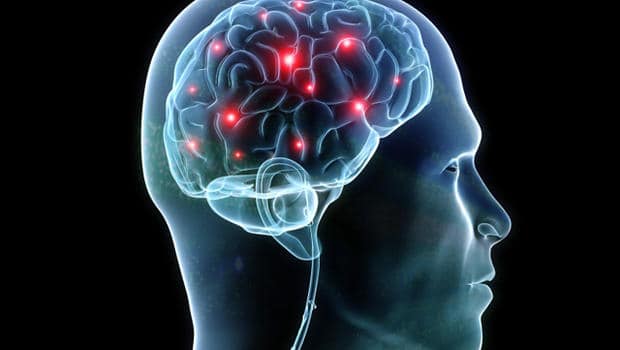Charcot-Marie-Tooth Disease
Not a dental disorder
| Download this episodeYou’ve likely never heard of it. Despite its name, Charcot-Marie-Tooth disease is not a dental disorder. Rather, it’s a group of genetic nerve disorders, named after the three doctors who first identified it in 1886. One of the most common inherited neurological disorders, CMT affects approximately 1 on 2,500 people in the United States. CMT causes damage to the peripheral nerves, which carry signals from the brain and spinal cord to the muscles, and relay sensations, such as pain and touch, to the brain and spinal cord from the rest of the body. These nerves also help control balance by carrying information about the position of the body in space. The disease causes muscles in the legs and arms to weaken and atrophy. It also often causes joints to stiffen due to abnormal tightening of the muscles and tissues. Unlike other neurological disorders, CMT is not life threatening and people with most forms of it can have a normal life expectancy.
Electrical signals
Download this episodeA human nerve cell communicates information to distant targets by sending electrical signals down a long, thin part of the cell called the axon. In order to increase the speed at which these electrical signals travel, the axon is surrounded by a coating called myelin. Similar to the way plastic coating is used to insulate electrical wiring, myelin insulates the electrical signals in axons. It also provides essential nourishment to the axons. Without an intact axon and myelin sheath, peripheral nerve cells are unable to activate target muscles or relay sensory information from the limbs back to the brain. Charcot-Marie-Tooth disease, or CMT, is caused by mutations in genes that produce proteins involved in the structure and function of either the peripheral nerve axon or the myelin sheath. Consequently, these nerves slowly degenerate and lose the ability to communicate with their distant targets, leading to weakness and atrophy in the extremities.
Weakness and wasting
Download this episodeThere are several different types of Charcot-Marie-Tooth disease, the neurological disorder that causes damage to the body’s peripheral nerves. Contractures, stiffened joints that result in deformities of the feet and hands, are a common symptom of CMT. The contractures occur because as some muscles around a joint weaken, others remain strong, contracting and pulling on the joint. Over time, the bones around the joint shift into abnormal positions. People with CMT experience slowly progressive weakness and wasting in the muscles that control the feet, lower legs, forearms and hands. In some cases, individuals may have respiratory muscle weakness. The severity of symptoms varies greatly among individuals and even among family members with the disease. Progression of symptoms is gradual. Pain can range from mild to severe, and some people may need to rely on foot or leg braces or other orthopedic devices to maintain mobility.
A red flag
Download this episodeA combination of lower leg weakness and foot deformities is a red flag for Charcot-Marie-Tooth disease, but isn’t sufficient for diagnosis. When a patient has those symptoms, a neurologist will usually start with a physical exam to look for further signs of muscle weakness or sensory loss. During this initial evaluation, the neurologist also will ask about the patient’s medical history. A family history of CMT-like symptoms, combined with signs of nerve damage, strongly point to CMT or another hereditary neuropathy. The neurologist also may perform a nerve conduction velocity test, which measures the strength and speed of electrical signals transmitted through nerves. It’s done by placing surface electrodes, similar to those used for electrocardiograms, on the skin at various points over a nerve. One electrode delivers a mild shock that stimulates an electrical response in the nerve and the others record this response as it travels through the nerve.
Coping with symptoms
Download this episodeThere is no cure for Charcot-Marie-Tooth disease, but physical therapy, occupational therapy, braces and other orthopedic devices, and even orthopedic surgery can help individuals cope with the disabling symptoms of the disease. Physical and occupational therapy involves muscle strength training, muscle and ligament stretching and aerobic exercise. Most therapists recommend a specialized treatment program designed with the approval of the person’s physician to fit individual abilities and needs. Many CMT patients require ankle braces and other orthopedic devices to maintain everyday mobility and prevent injury. Ankle braces can help prevent ankle sprains by providing support and stability during activities such as walking or climbing stairs. High-top shoes or boots can also provide support for weak ankles. Assistive devices should be used before disability sets in because the devices may prevent muscle strain and reduce muscle weakening.Trusted by thousands of listeners every week, T. Glenn Pait, M.D., began offering expert advice as the host of UAMS’ “Here’s to Your Health” program in 1996. Dr. Pait began working at UAMS in 1994 and has been practicing medicine for over 20 years.
